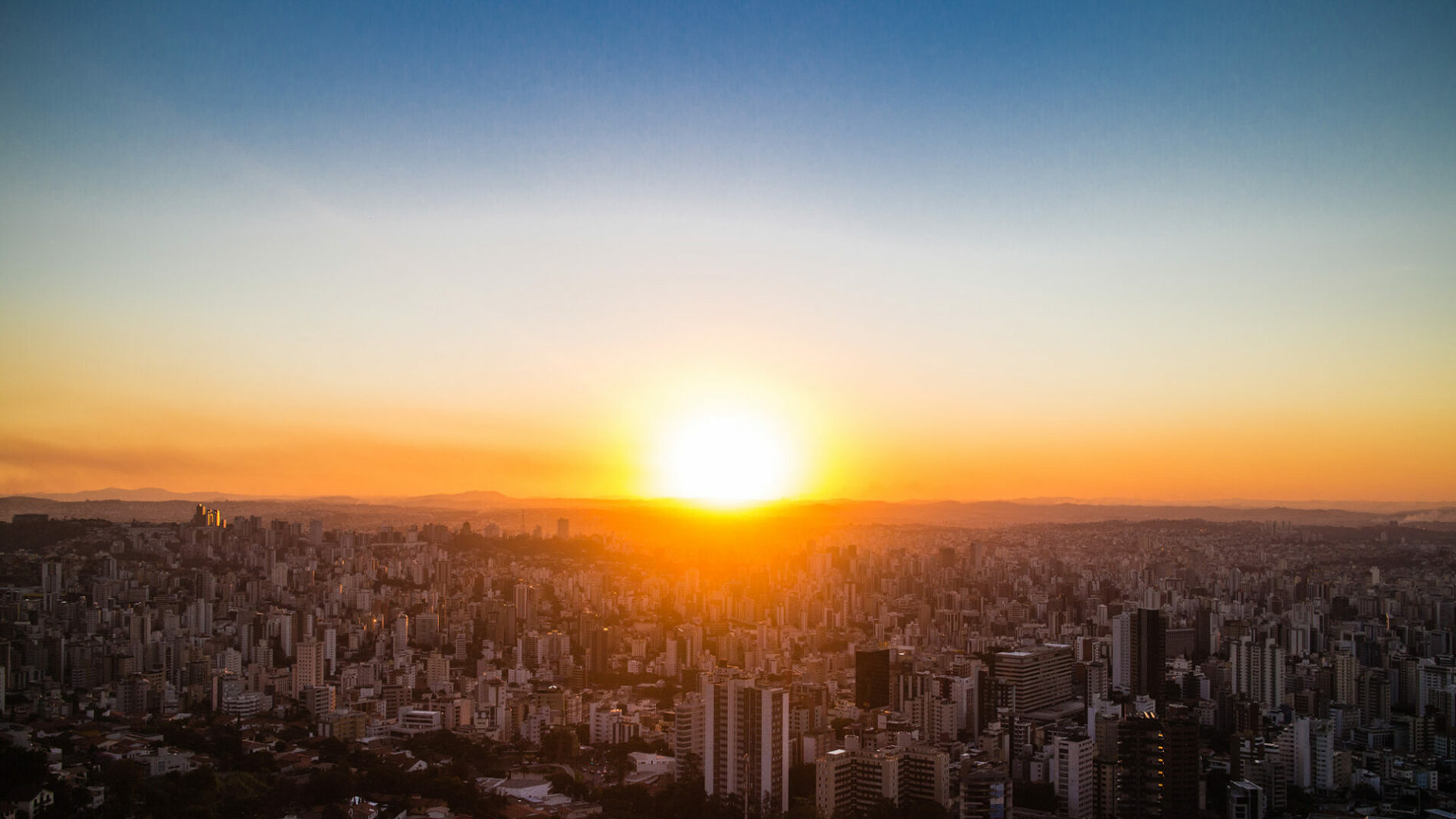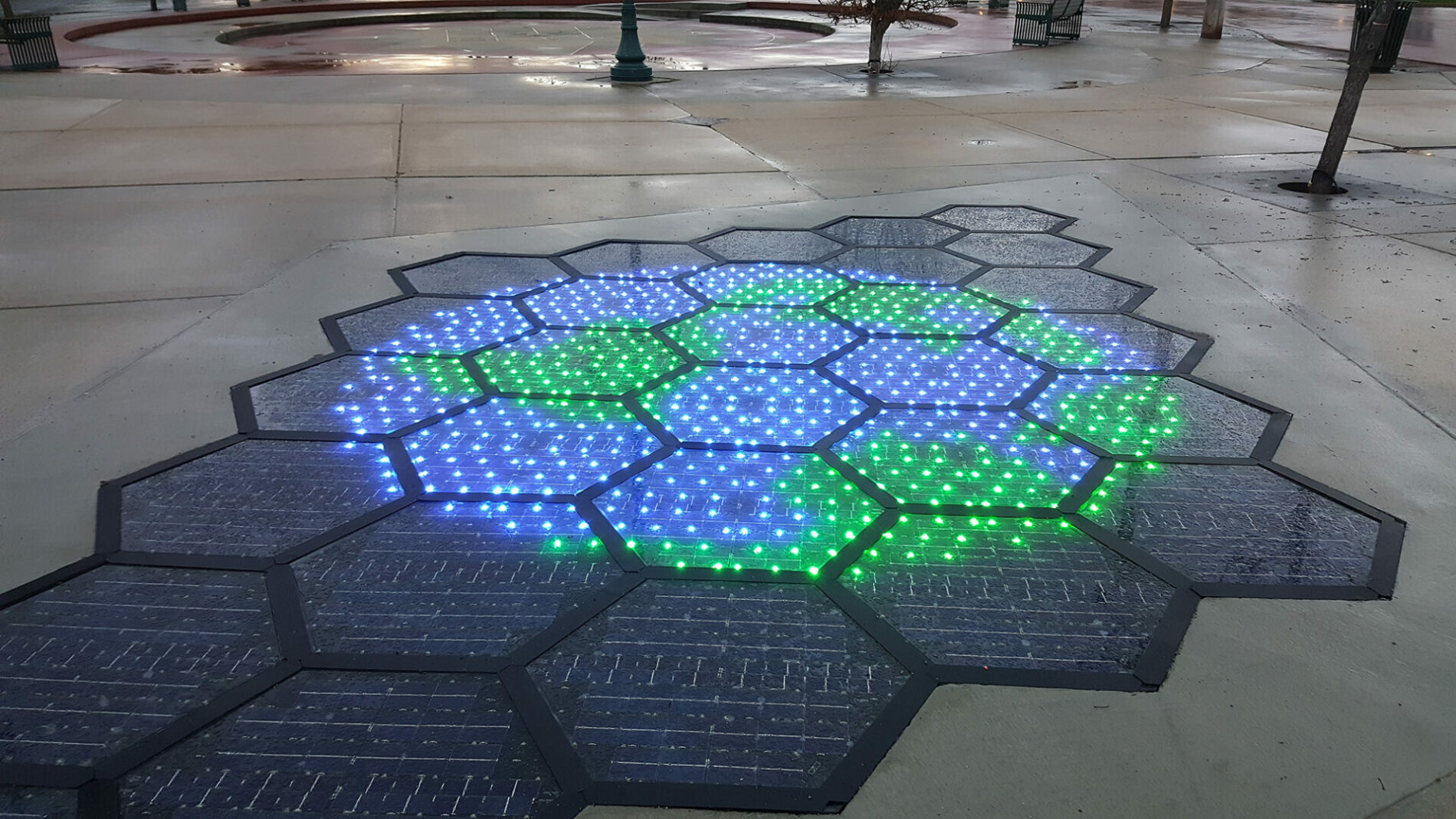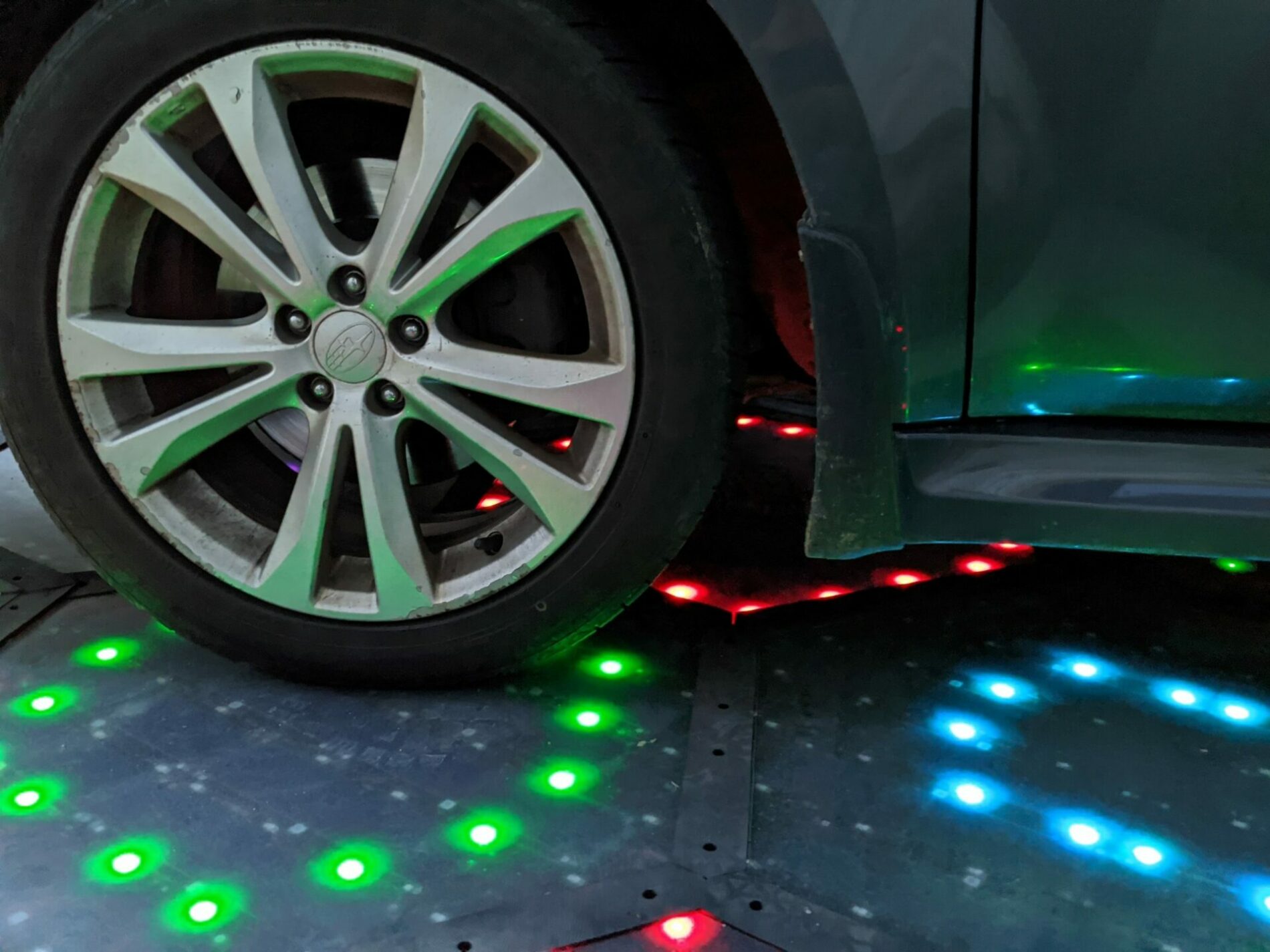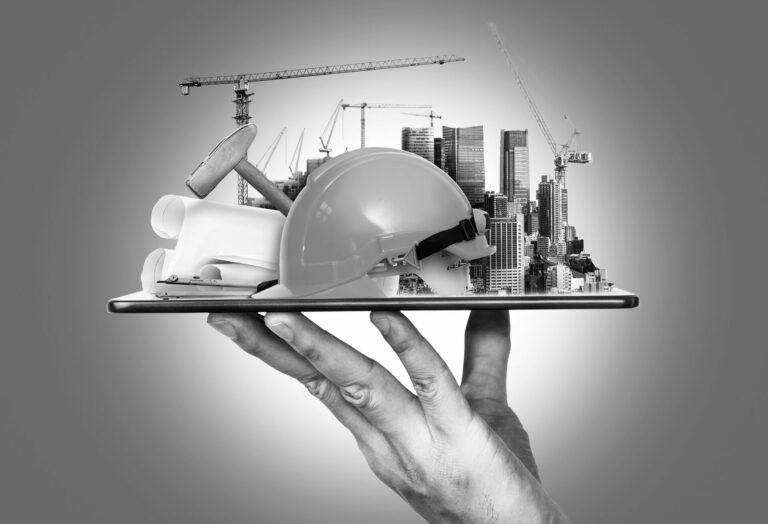Countless industries are working towards viable solutions for the ongoing energy crisis. Infrastructure networks are at a tipping point of sorts. Historic systems are no longer able to keep up with the enormous demands being placed on them and as adverse weather conditions add to this strain, governments are tasked with making difficult choices. Do they pump addition funding into these failing systems with a view to restoring them to former glories, or should this money be invested in newer, more sustainable sources of energy. While G7 leaders may resoundingly agree that funding should be directed towards newer, cleaner sources of energy, problems persist. Clean energy grids are thin on the ground. Without these, net-zero is virtually impossible. According to Lisa Fischer, head of the energy systems program at climate think-tank E3G, storage and capacity issues fundamentally challenge the world’s ability to meet emissions targets. “There’s very little detail, so it’s quite hard to turn these targets into a grid agenda. Grids are anticipatory investments,” she says. “You have to ‘guess’ where the capacity and the demand is going to be and then invest massively. And so, the more certainty policymakers can give about the direction the better, and the easier it is for transmission system operators and developers of those grids to take that risk.”
For many, the direction has long been centered around solar energy. So, how can this viable energy source, abundant and free, be accessed across existing geographical features as time runs out? The answer may already be at our feet. Roads, paths, highways, and parking lots. The interconnecting infrastructure network is an essential part of human life. The benefits it brings are innumerable. However, the cost involved with development, maintenance and repair is enormous and their design and materials haven’t changed in decades. For some, the proposition of replacing these networks with solar panels offered an opportunity to build sustainable energy grids with minimal disruption to existing networks. Using technology that has been available for a number of years, a start-up in Idaho did try to make that a reality. Solar Roadways devised a “multi-featured, modern, modular intelligent infrastructure product which also produces clean energy in places.” The path was laid in hexagonal tiles creating a network of energy production. At the time, the company claimed that it was capable of withstanding the same weight and pressure as concrete or asphalt, and many believed that this innovative product could be the energy generating roads of the future. However, Installing photovoltaic roads is a time- and resource-heavy project. While Solar Roadways argued that the electricity gains in the long run would offset those initial costs, the company claimed its panels had a 23 percent power efficiency rate, and the project has yet to see the light of day. It was announced with huge fanfare, and initial suggestions were that the company could eventually cover all of the country’s roads in photovoltaic panels, an energy source that could generate 23.7 billion kilowatt-hours of electricity. Sadly, the project was a failure with cost and reliability being the greatest challenges. Ultimately, the technology was not at the right level and alternative solar networks offered a cheaper and easier method of accessing energy.
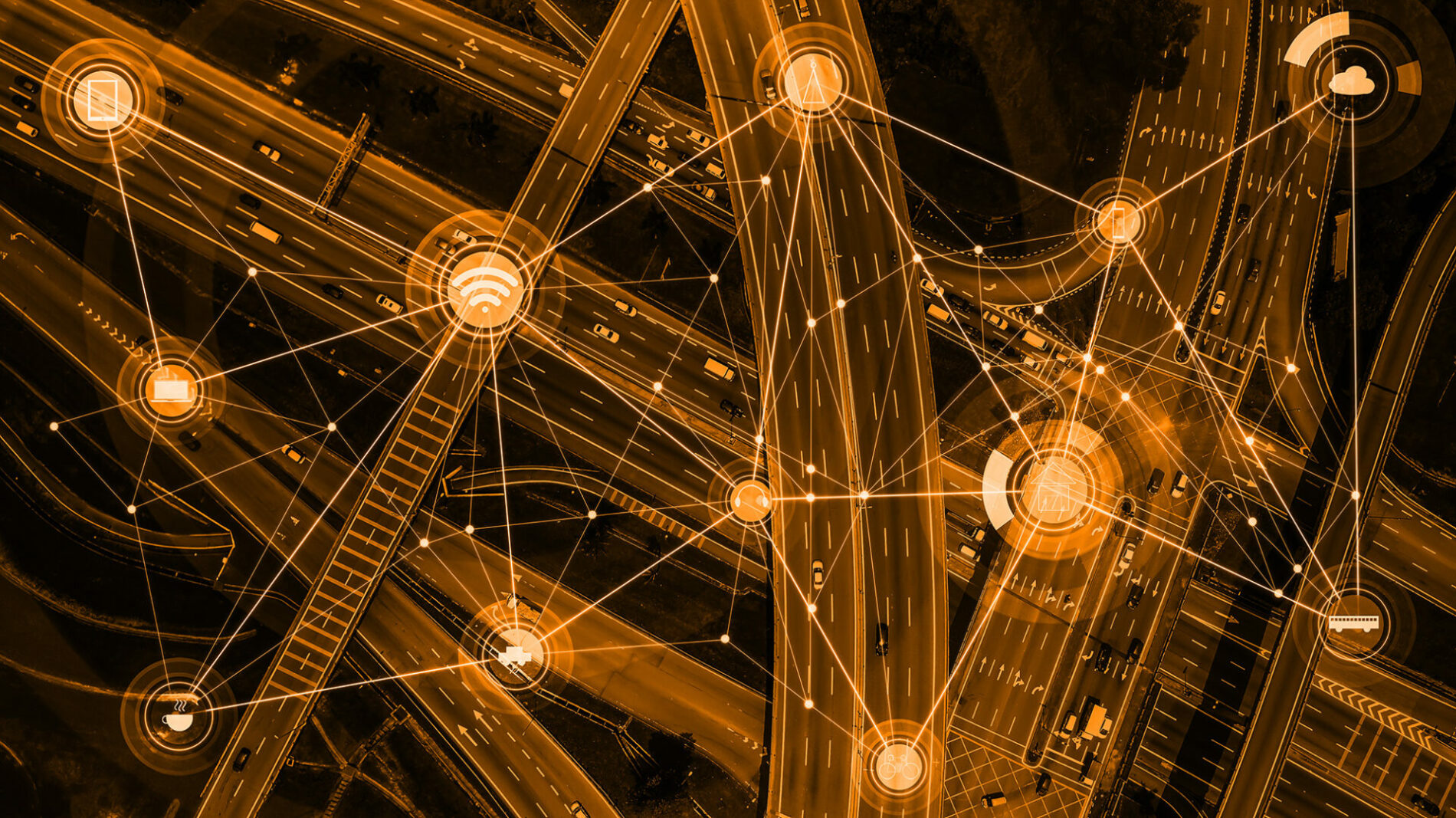
That does not mean, however, that combining infrastructure and solar energy is a defunct concept. Since 2014, the city of Sejong in South Korea has been operating what is referred to as a Solar Bike Lane. This five-and-a-half-mile stretch of path sits in the middle of an eight-lane highway and is furnished with solar panels that illuminate the streets below. The path’s ‘Solar Roof’ covers three of the 5.5 miles and includes an incredible 7,502 solar panels. It produces an average of 2,200 MWh of clean electricity that powers many of the streetlights and electrical signage in the city. This is the equivalent of powering 600 households. So, as Solar Roadways walls by the wayside, are Solar Bike Lanes the new direction for energy sources? Kim Geun-ho, a researcher from the Green Energy Institute based in South Korea, believes so. “Solar panels in public facilities are part of a trend in clean energy. At the beginning stage, solar power generation was mostly constructed in vast farmland and mountainous areas. It moved on to public facility rooftops, and finally have evolved to play the role of a shelter and power generator at the same time, in this case, a roof on top of a bike road.”
“One of the main causes of solar roadways’ failure was its inability to withstand the weight of road traffic.”
This example shows that there is certainly an appetite for combining transport and energy, but in effect, these panels are no different of fixed panels in any location. In the Netherlands, however, a town has taken things even further. The Dutch province of North Brabant has announced that construction has begun on a 500 meter long, ground-mounted solar cycle path that runs along a provincial road. One of the main causes of Solar Roadways’ failure was its inability to withstand the weight of road traffic. With this consideration now removed from the equation, can the project be reimagined? According to the local government, the project is more of a fact-finding mission than a viable energy source, for now. “This project is mainly intended to gain more experience with the deployment of solar cells on bicycle paths.”
The Netherlands does also have past experience with the concept of solar cycling lanes. The province of Utrecht has installed solar cycle tracks as part of a national drive to test the viability of solar power production on road infrastructure. “If the outcome is positive, solar panels on cycle paths can make an important contribution to reducing the use of fossil fuels and making the provincial infrastructure more sustainable,” the province of Utrecht said. “No agricultural or natural land needs to be used and the landscape is not affected.”
While many of these projects are still at an early stage and the road has had to endure numerous setbacks, the relationship between solar energy and transportation networks is strengthening. According to Dr. Karolina Baltins at Fraunhofer Institute, who heads up its PV power plants team, the positive effects of PV Cycle Lanes can cover many elements. “We not only use the solar power of the cycle path canopy, but we are using the knowledge gathered from the pilot project and incorporating it into our research in order to answer the diverse questions for PV in urban areas.”
It is through the use of pre-existing networks that governments can build forward, develop more resilient power grids and establish viable alternatives to fossil fuels. The journey ahead may yet prove to have a number of twists and turns, and the road is undoubtedly going to be a bumpy one, but by the looks of things, it is also likely to be one that collects and stores solar energy. With time running out to achieve net-zero, using what we already have may give countries a fighting chance.









